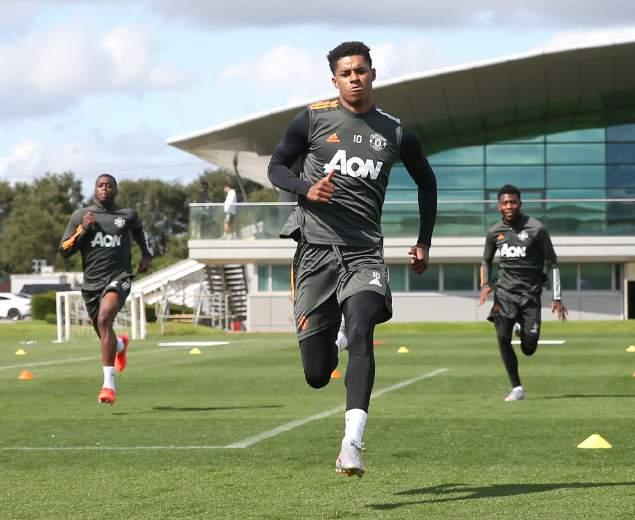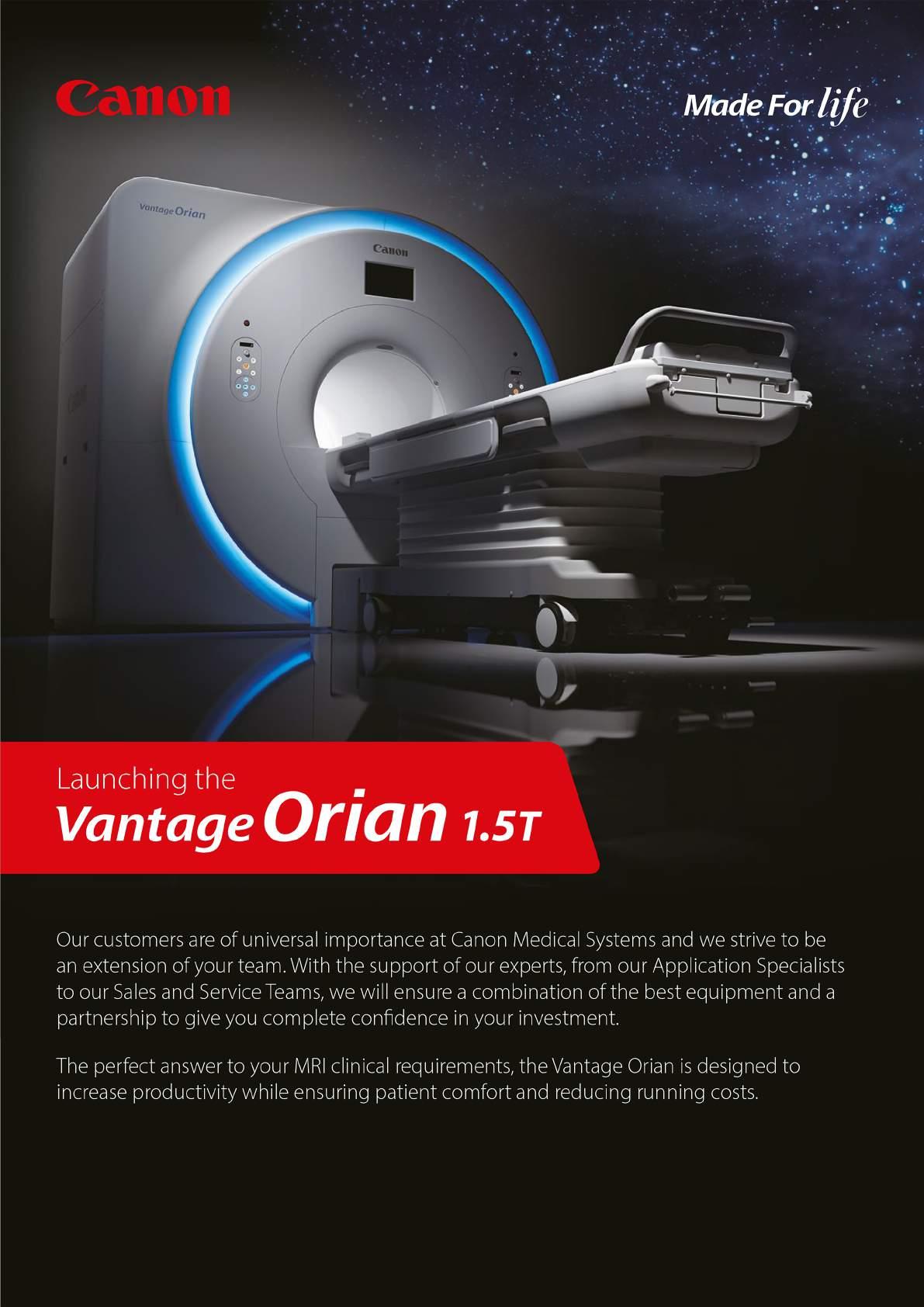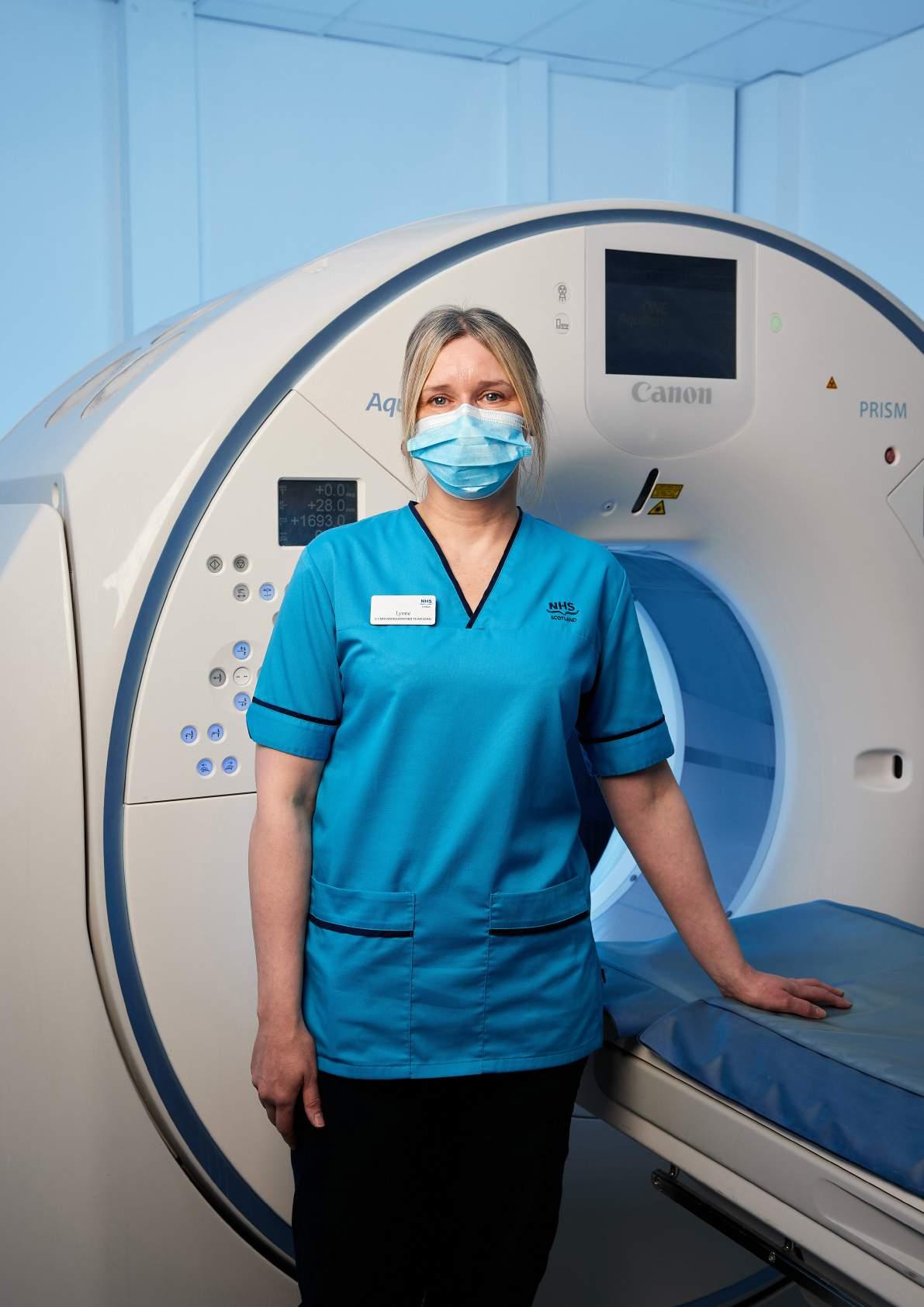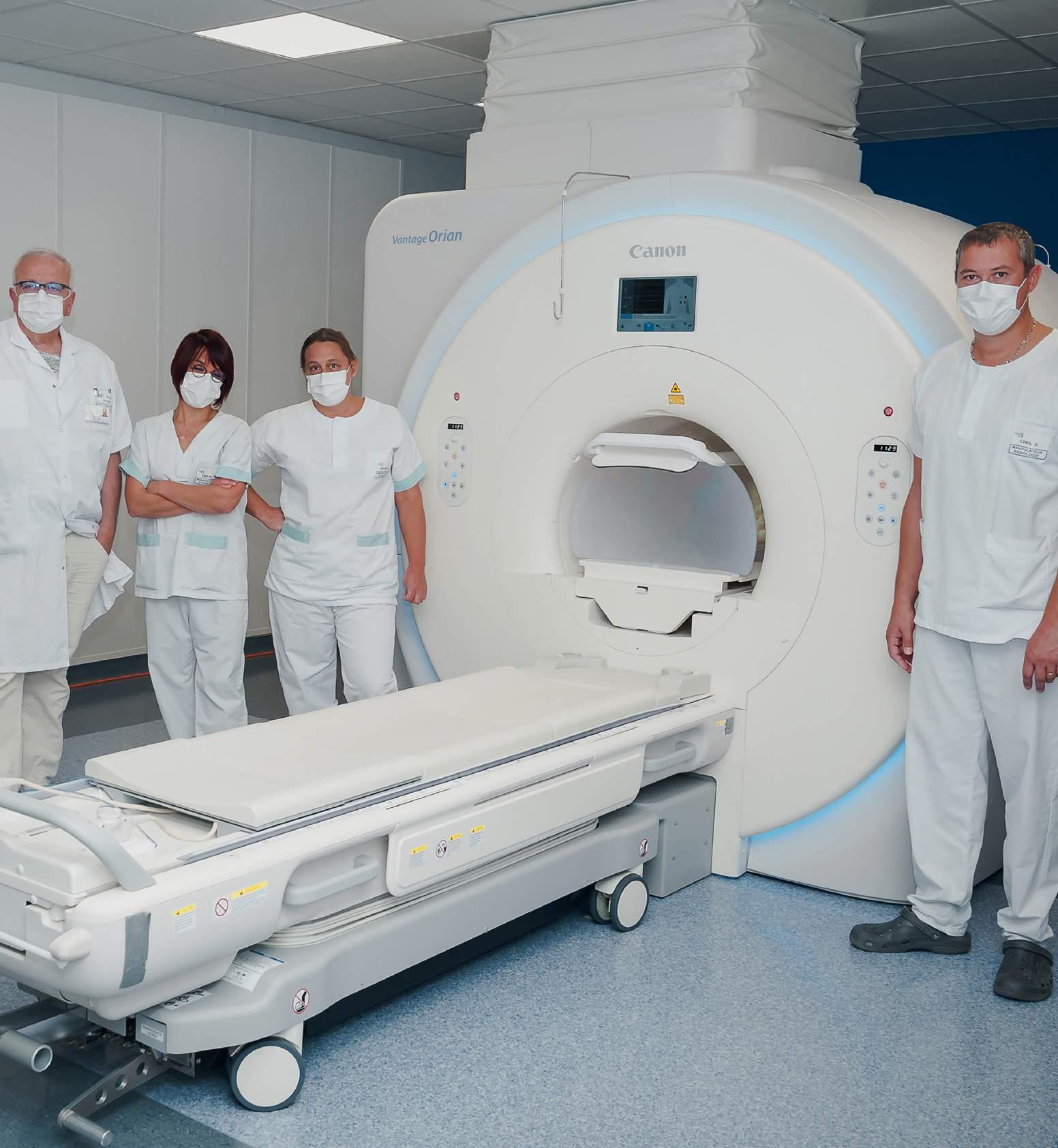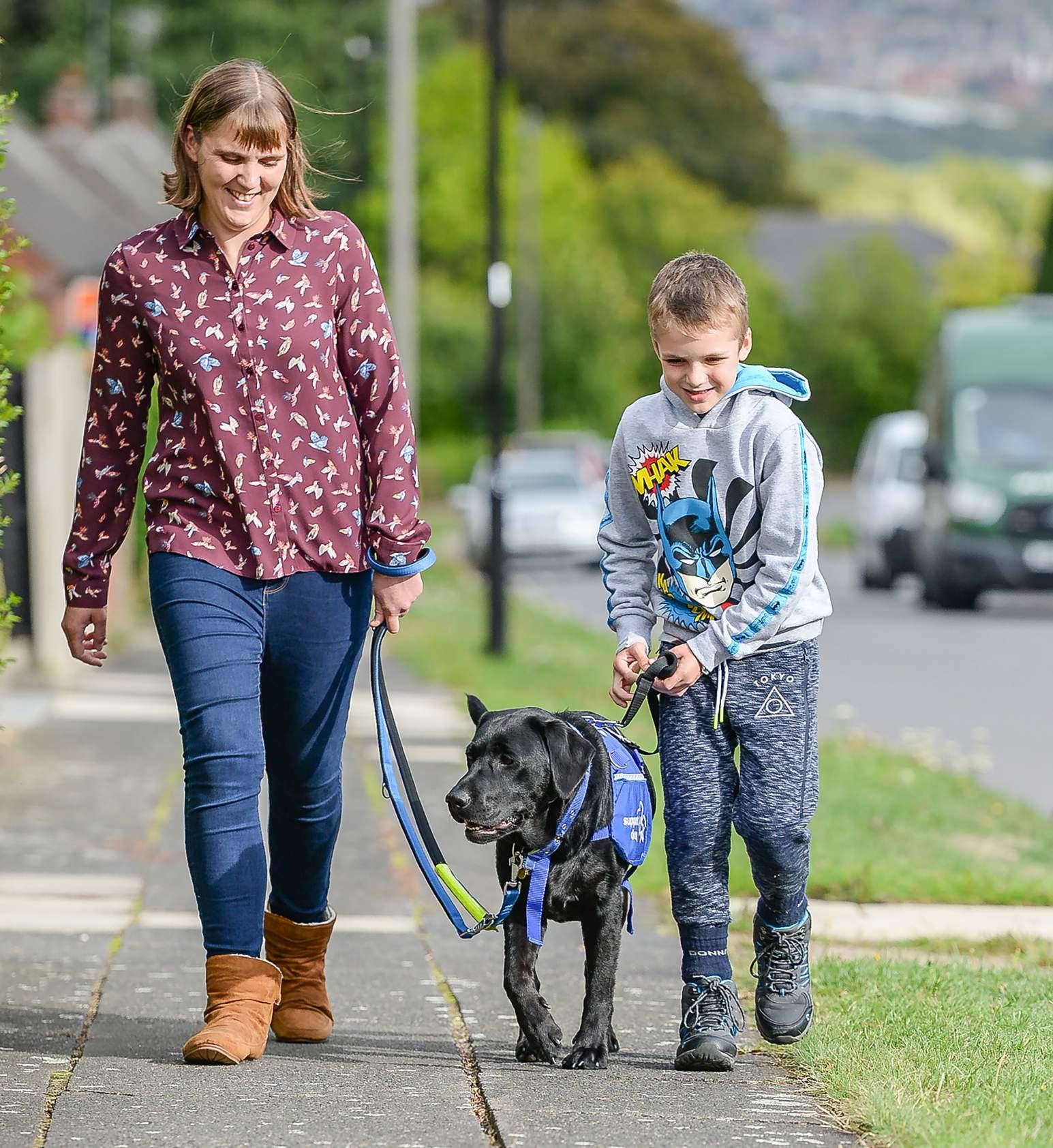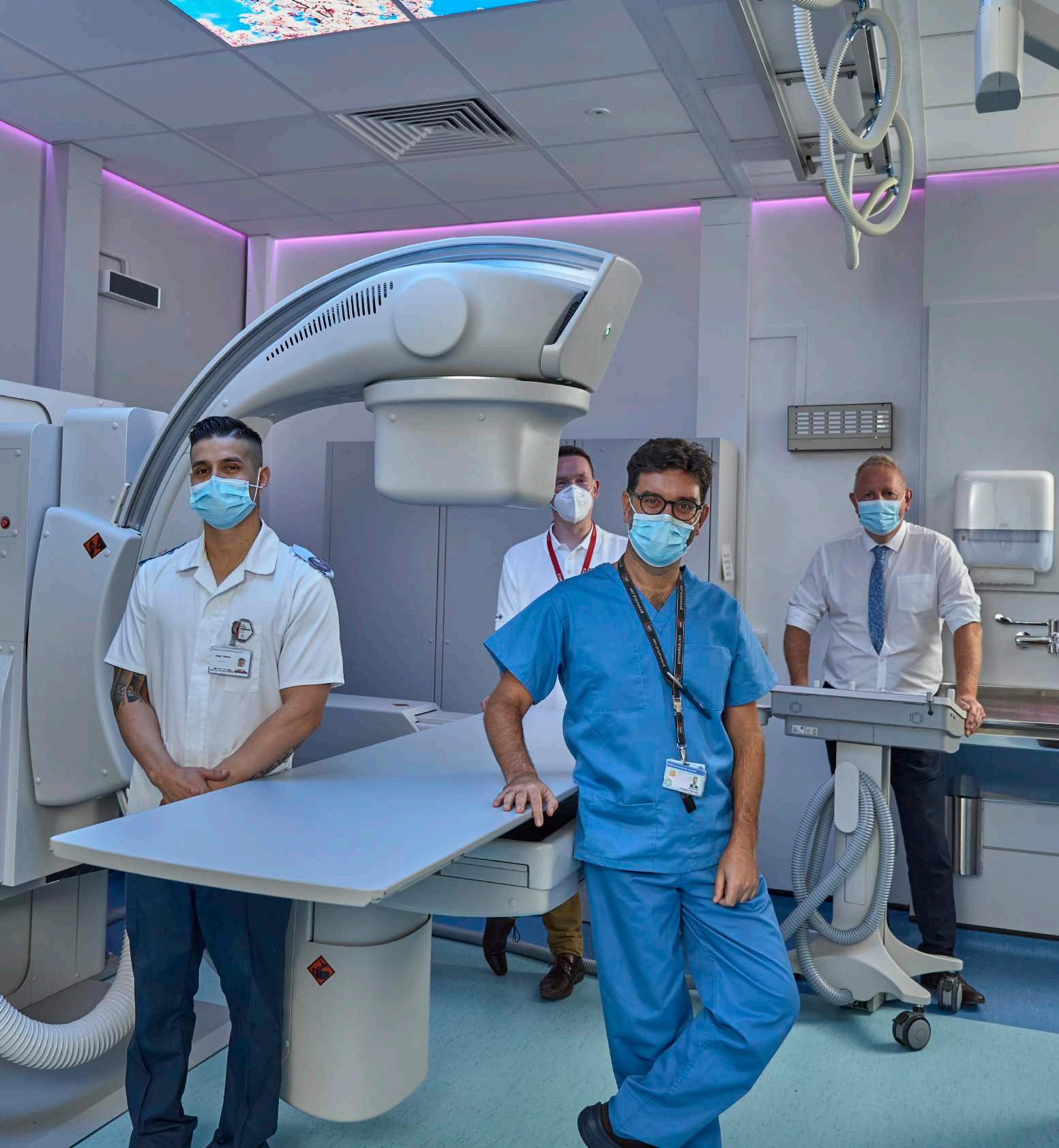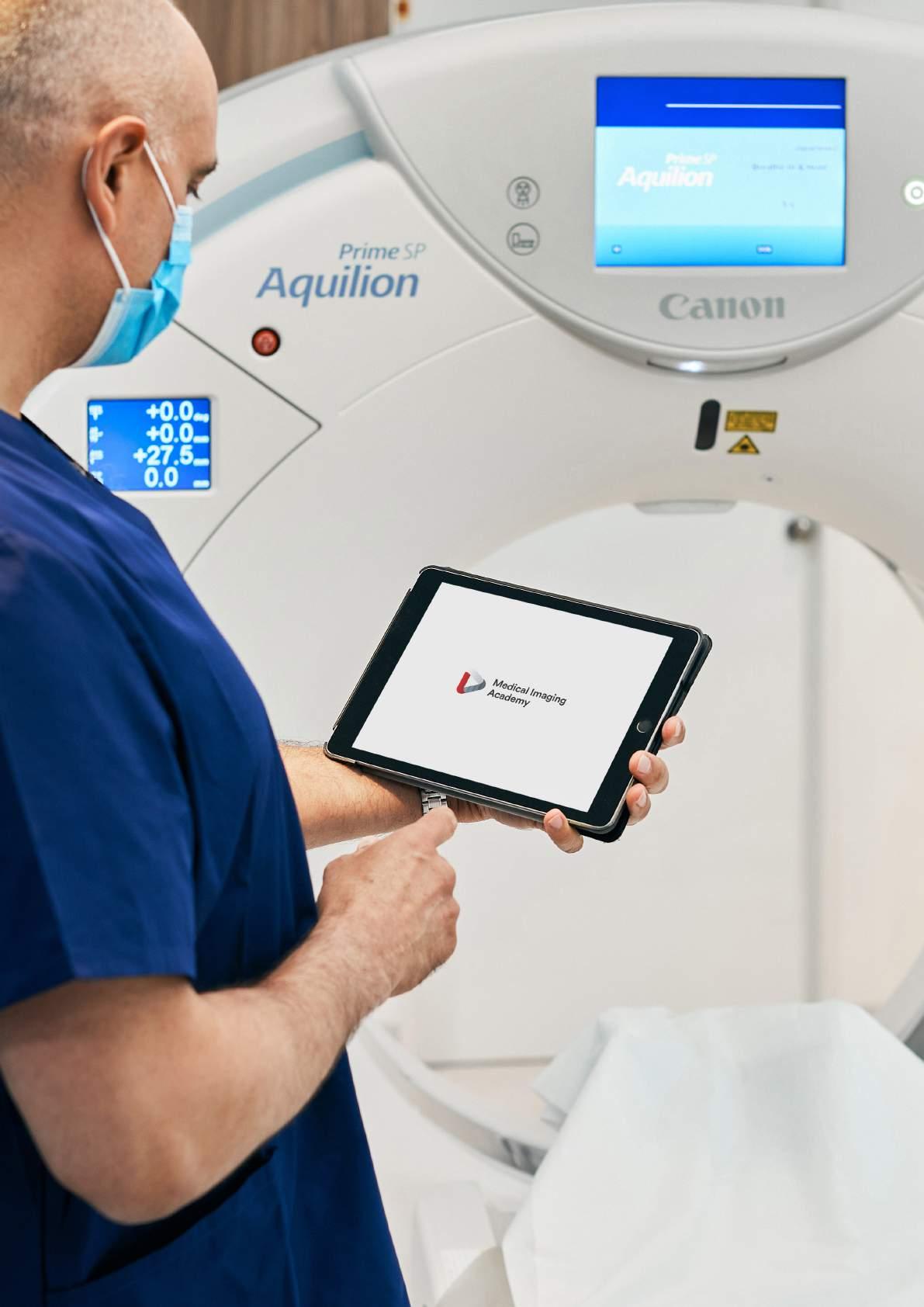
4 minute read
A Perfect Picture for Obs and Gynae Ultrasound Patients
Luke Shaw in action at Old Trafford Stadium
Manchester United Post Match Analysis
Advertisement
Dr Steve McNally, Head of Football Medicine & Science, Manchester United Football Club expands on how imaging research into human health complements the ongoing health and wellbeing work for football players.
Why elite sports are looking forward to a bounce back of imaging surveillance and research work following Covid-19
We have all had to live life with limitations to reduce the spread of coronavirus. The sporting world has not been immune to this. Some sporting activities were permitted during the various stages of UK restrictions as the benefits of physical activity on people’s mental wellbeing were well recognised. However, the ability to exercise, partake in group games and even watch live sporting events together has had an on/off approach in tune with the challenges of lockdown regulations.
Professional football has not been without its own constraints. Government exemptions for professional athletes to return to training and compete in some domestic events with no ‘spectators’, allowed our first team players to return to training grounds in a ‘relevant persons’ bubble, but it was without the usual privileges and normal routines. The nature of our sports medicine work at the Manchester United Football Club Medical Imaging Centre using the very latest generation MRI, CT and ultrasound systems from Canon Medical also shifted from proactive health screening, surveillance and research to purely reactive work. This meant we could only use the systems to make clinical decisions on injuries or existing conditions.
References 1 ‘Characterisation of LV myocardial exercise function by 2D strain deformation imaging in elite adolescent footballers’ G.E. Pieles et al. European Journal of Applied Physiology, Oct 2020 This pause on important knowledge development and sports science research projects has created its own backlogs on proactive surveillance and created black holes in our health data collection on emerging young athletes. It is certainly not the same as delays to NHS cancer care due to covid-19 that may be life and death situations for people, but there will be impacts on the speed and amount of knowledge we can cascade to wider patient populations from our research collaborations with NHS clinicians and UK universities.

Our dedicated medical imaging systems at the Carrington Training Complex in Old Trafford, provided by our official medical systems partner Canon Medical Systems UK, have been in place for over 8 years. It gives us an on-site facility to undertake quick examination of all our players, from first teams to junior leagues, without the publicity that can accompany player transfers to nearby hospitals. The range of imaging usually includes examination of injuries sustained during games or training, procedures to pre-empt and prevent future injuries and adjust training schedules accordingly, plus mandatory and proactive health surveillance in the areas of cardiac and MSK.
Cardiac profiling using Echo to avoid Sudden Cardiac Arrests and widen knowledge
Our cardiac profiling work is a mandatory requirement every two years for anyone undertaking vigorous training and competitive matches. This is governed by FIFA and aims to identify anomalies that can lead to potentially fatal arrythmias such as ventricular tachyarrhythmias and, in particular, ventricular fibrillation that can be the primary cause of Sudden Cardiac Arrests and Sudden Cardiac Death. Whilst relatively rare, the conditions are often asymptomatic and can be triggered by extreme physical exertion. We were grateful that assessments were undertaken as normal in July / August 2020 during a lift in Covid-19 lockdown restrictions and our cardiologists were able to do pre-season checks as normal. This involved our athletes undergoing a full structural and functional resting (baseline) ultrasound echocardiogram prior to exercise stress testing if indicated.
At the same time, we work with a number of luminaries to expand global knowledge of MSK and cardiology. Recently, a clinical study1 of 42 of our elite adolescent male football players from the Academy was undertaken by the National Institute for Health Research (NIHR) Biomedical Research Centre at the University Hospitals Bristol NHS Foundation Trust and the University of Bristol. The participants completed simultaneous cardiopulmonary exercise testing (CPET) and exercise echocardiography measurement of Left Ventricular (LV) myocardial deformation by 2D strain imaging using a Canon Medical echocardiography ultrasound system. LV longitudinal and circumferential 2D strain and strain rates were analysed at each stage of incremental exercise and additional exercise of LV myocardial deformation and its relation to metabolic exercise parameters were evaluated at each exercise stage and in recovery.
The study showed that there is a specific response of longitudinal and circumferential myocardial performance to exercise stress; this provides knowledge that in the future might help differentiate between adaptive and maladaptive myocardial function in paediatric athletes and those with myocardial disease. It also provided the first initial reference data for 2D strain and strain rate values of the LV during exercise in the healthy adolescent elite athlete population. Gaining new science insights will help understanding of sporting cardiac matters and eventually cascade into mainstream cardiac paediatrics or wider cardiology to provide preventative protocols that help to save lives or give people greater opportunities to live more active lives beyond elite sports.

